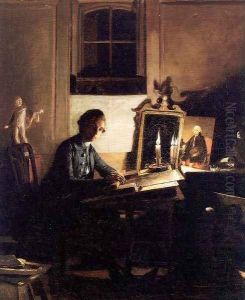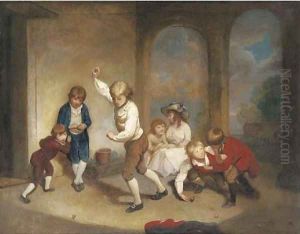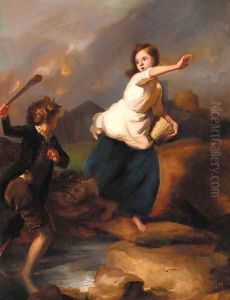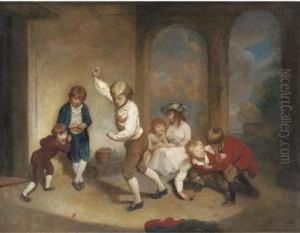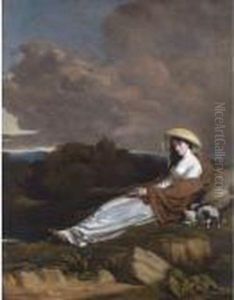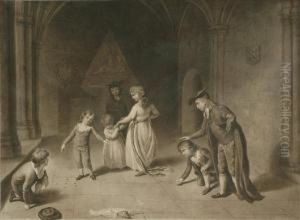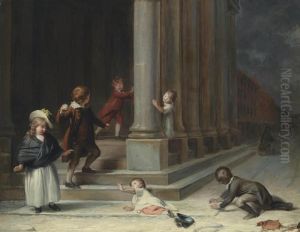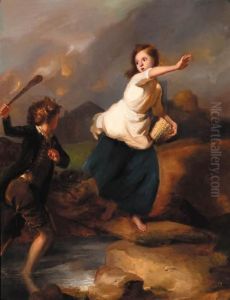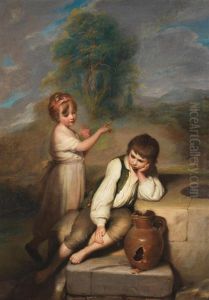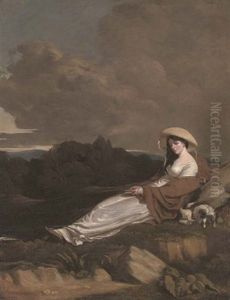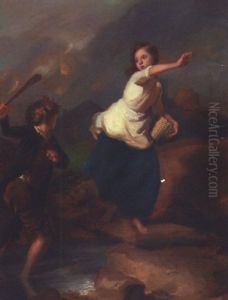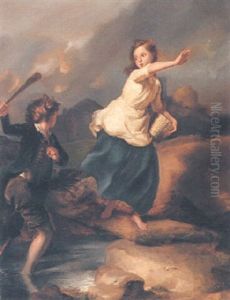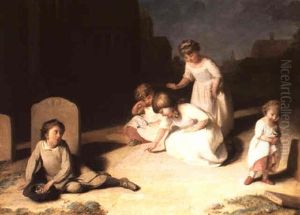Richard Morton Paye Paintings
Richard Morton Paye was a British artist born in 1750, known primarily for his work as a painter. He was a versatile artist, skilled in both portraits and genre scenes, which often depicted everyday life with a particular focus on children, thus earning him the moniker 'Paye of the children'. His artwork exhibited a keen observation of social interaction and a gentle, often sentimental portrayal of his subjects.
Paye's artistic journey began when he apprenticed under the painter Philip Reinagle. Reinagle was an accomplished artist in his own right, and under his guidance, Paye honed his technical skills and developed a sensitivity to his subjects that would become characteristic of his work. Despite the influence of his mentor, Paye's style evolved to be distinct, marked by a softness and warmth that appealed to the sensibilities of his time.
Throughout his career, Paye remained an active member of the London art scene. He exhibited at the Royal Academy between 1776 and 1811, a period during which the Academy was a central institution in the British art world. His works were also shown at the British Institution and the Society of Artists. Through these exhibitions, Paye's paintings reached a wider audience and contributed to his reputation as a skilled painter of domestic and sentimental scenes.
Not much is documented about Paye's personal life, which was common for many artists of the period except the most famous. However, his legacy rests on the charm and technical proficiency of his paintings. These works continue to be appreciated for their historical value and insight into the social fabric of his time.
Paye passed away in 1821, leaving behind a body of work that, while not as widely known as some of his contemporaries, provides a window into the lives and aesthetics of the late 18th and early 19th centuries. His paintings today are valuable for their historical context and as examples of the genre and portrait styles that were popular in Britain during his lifetime.
